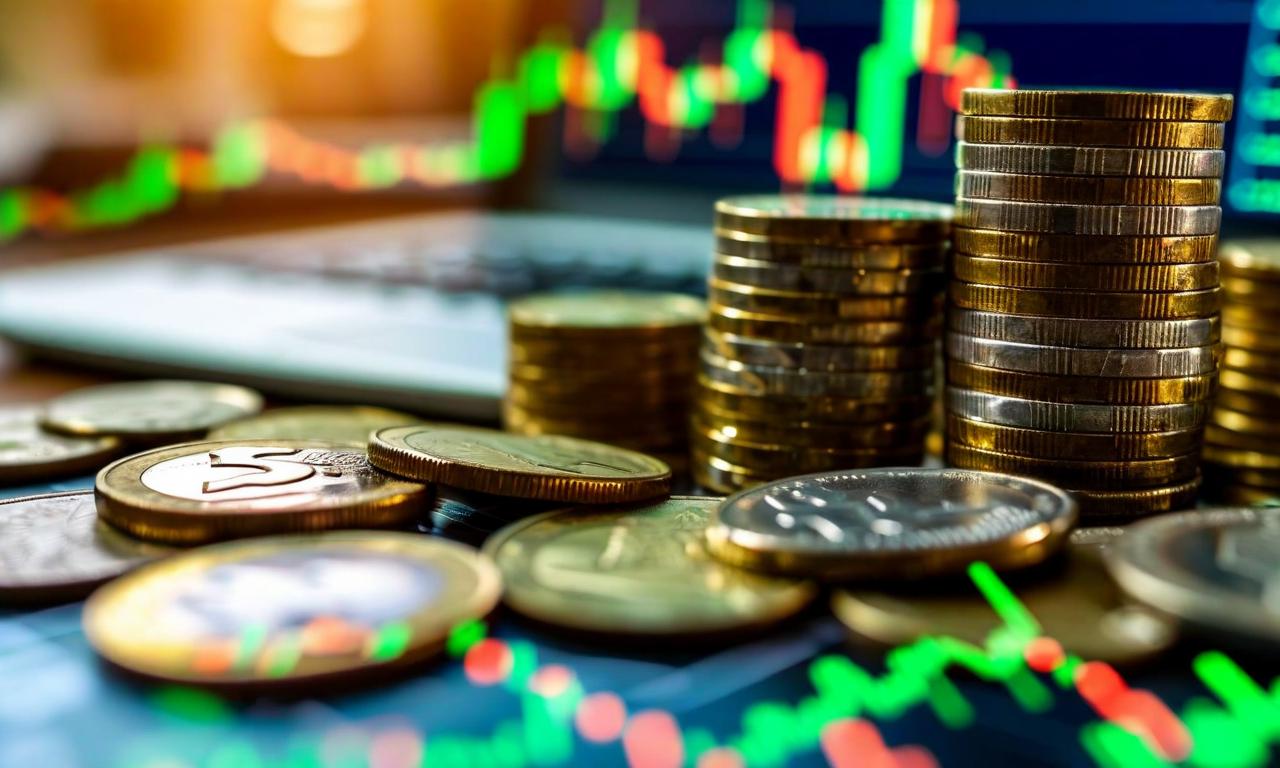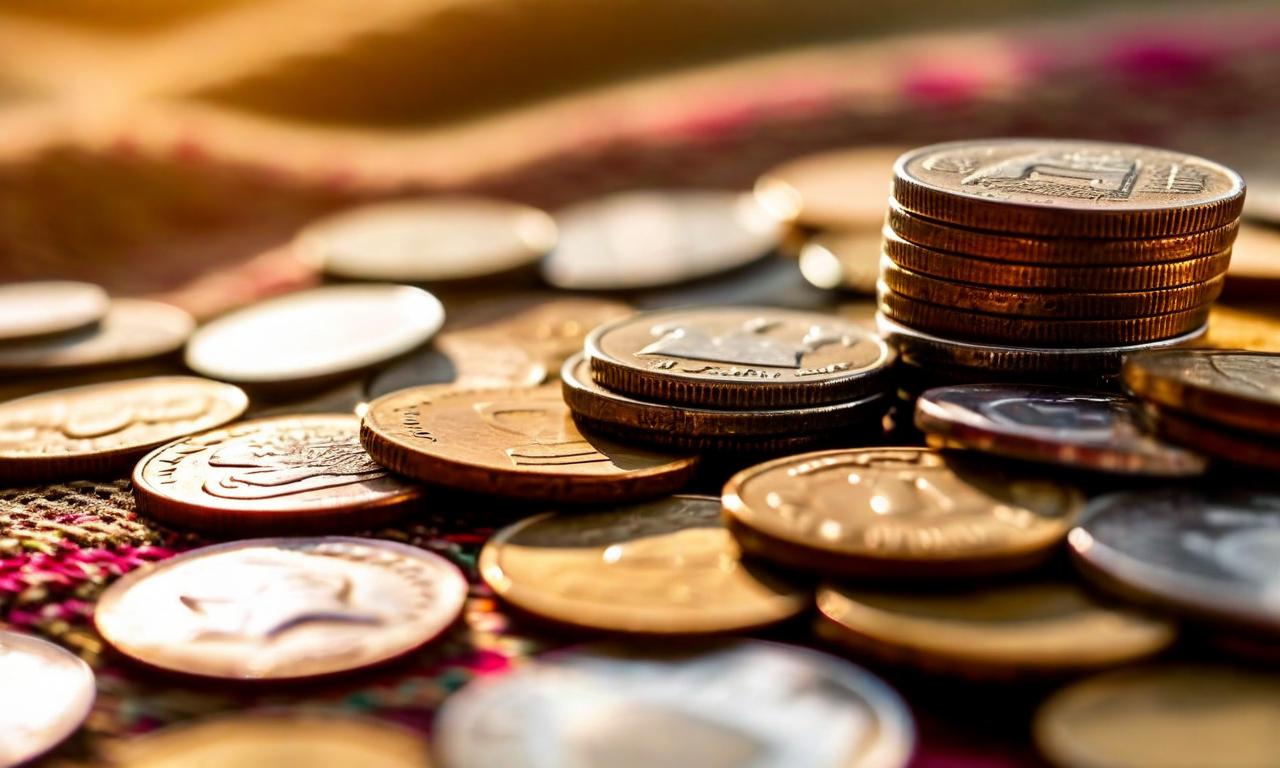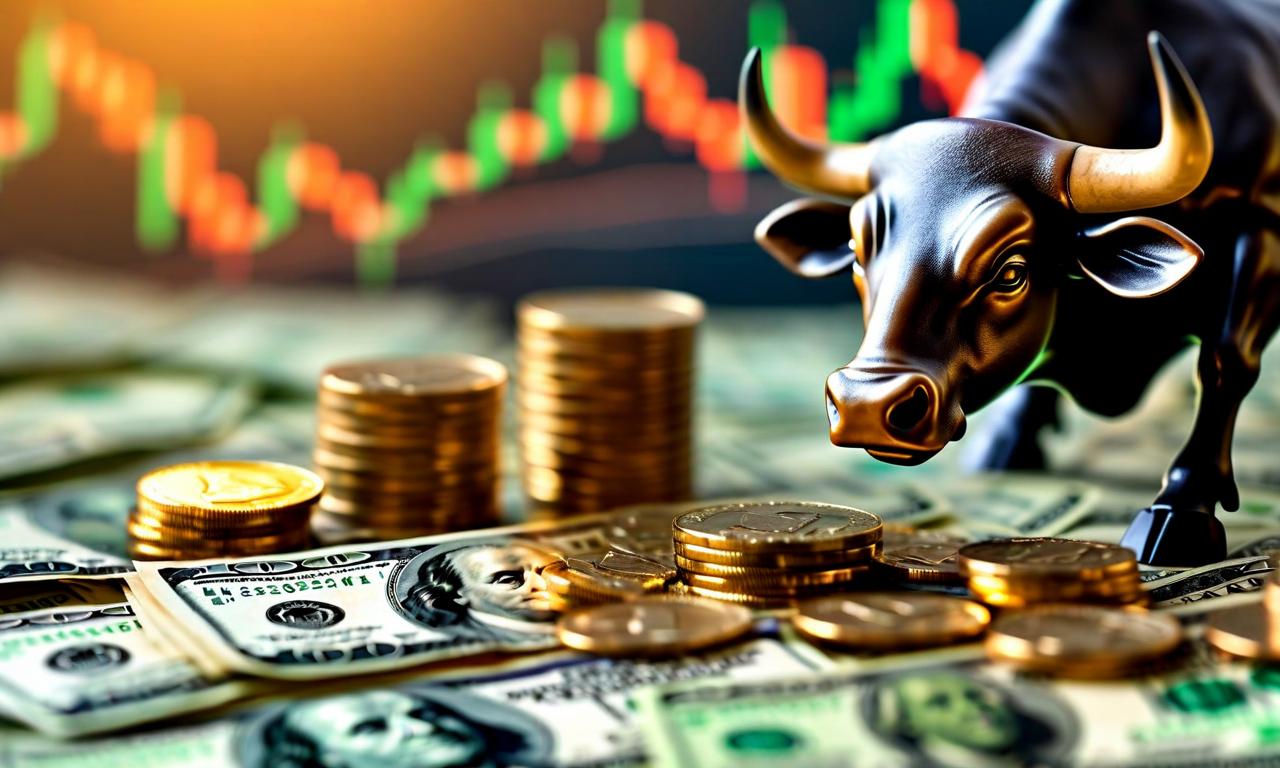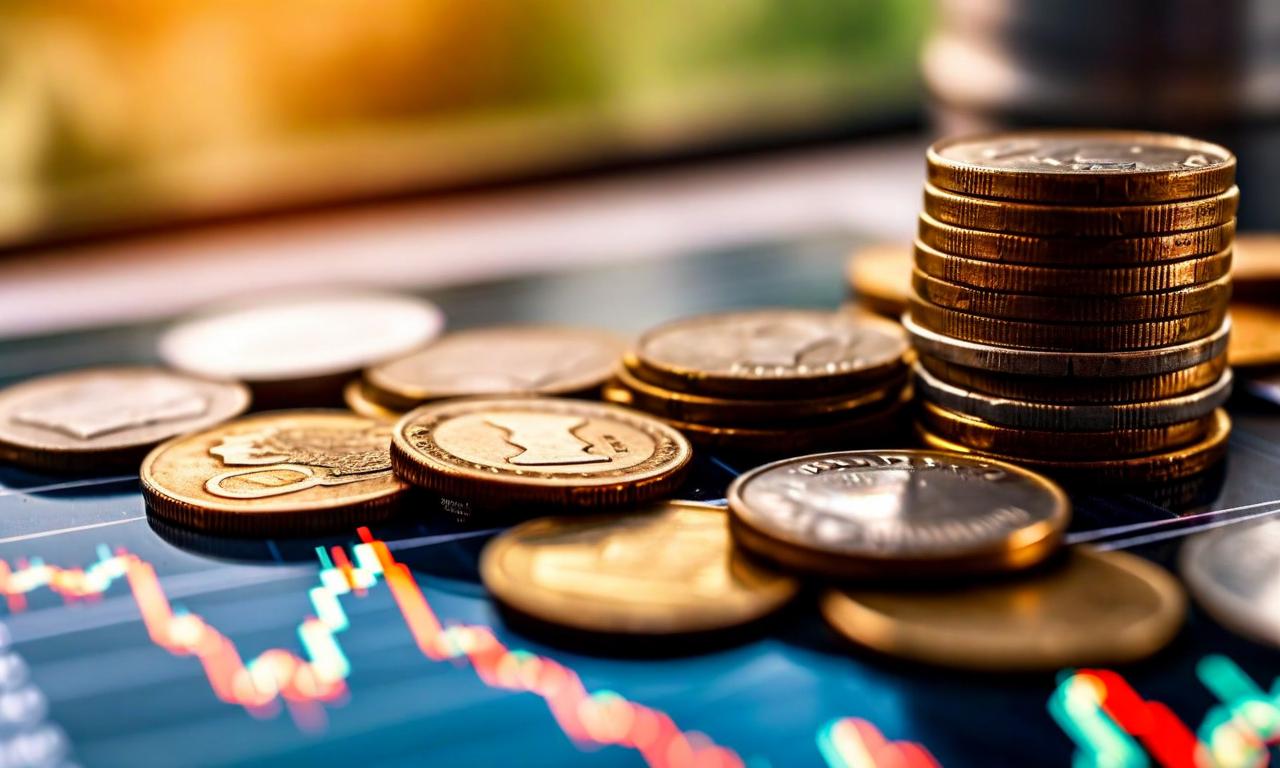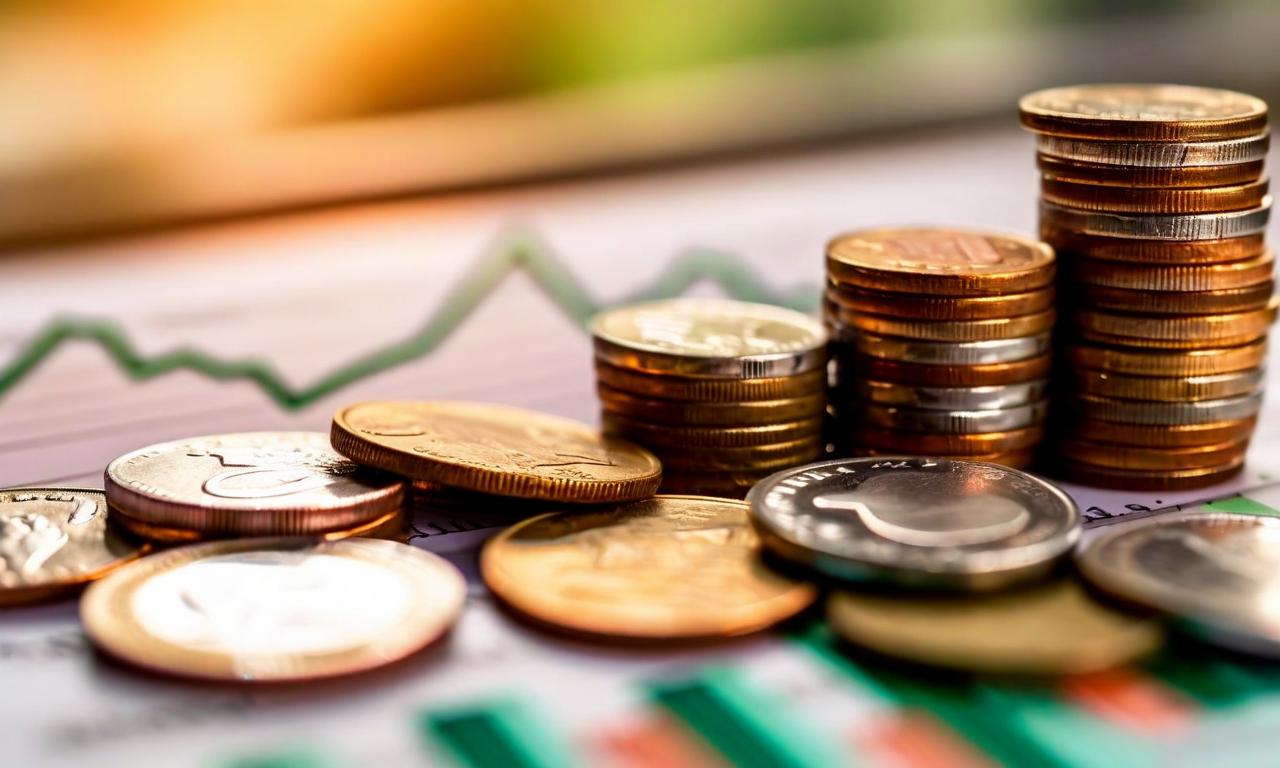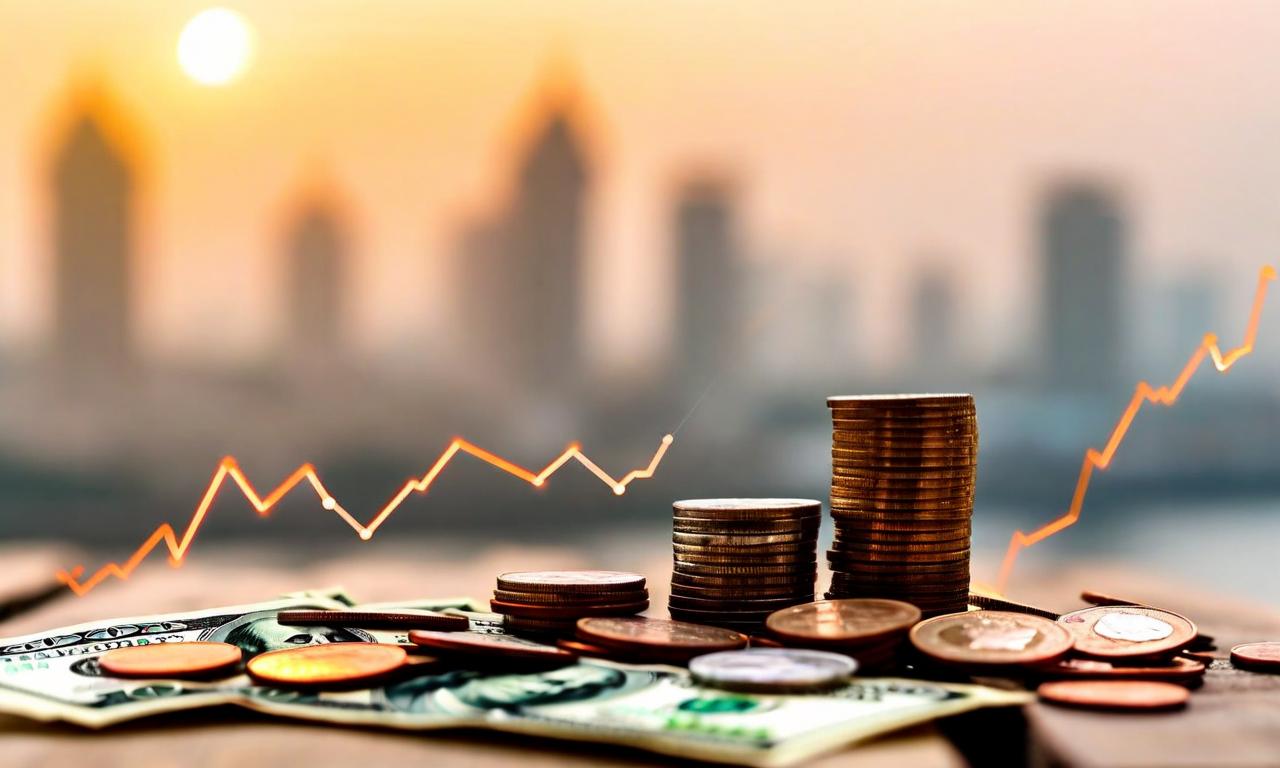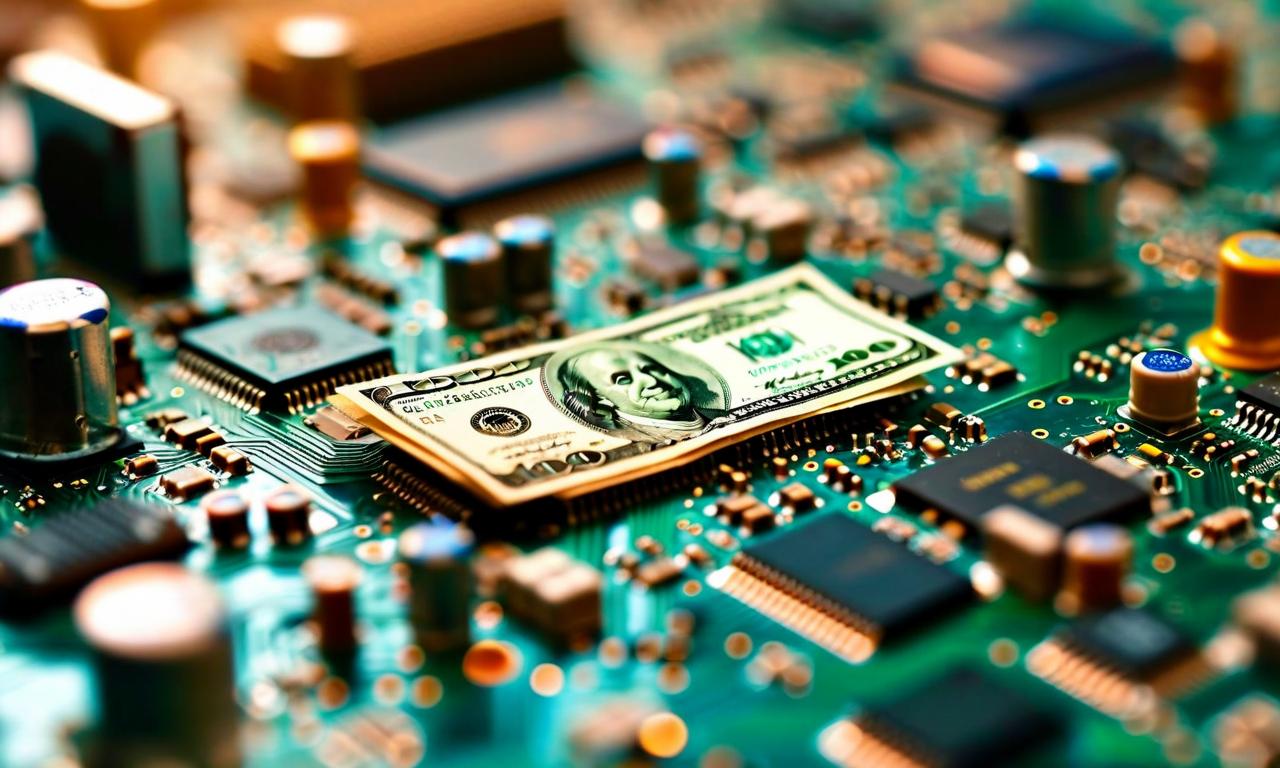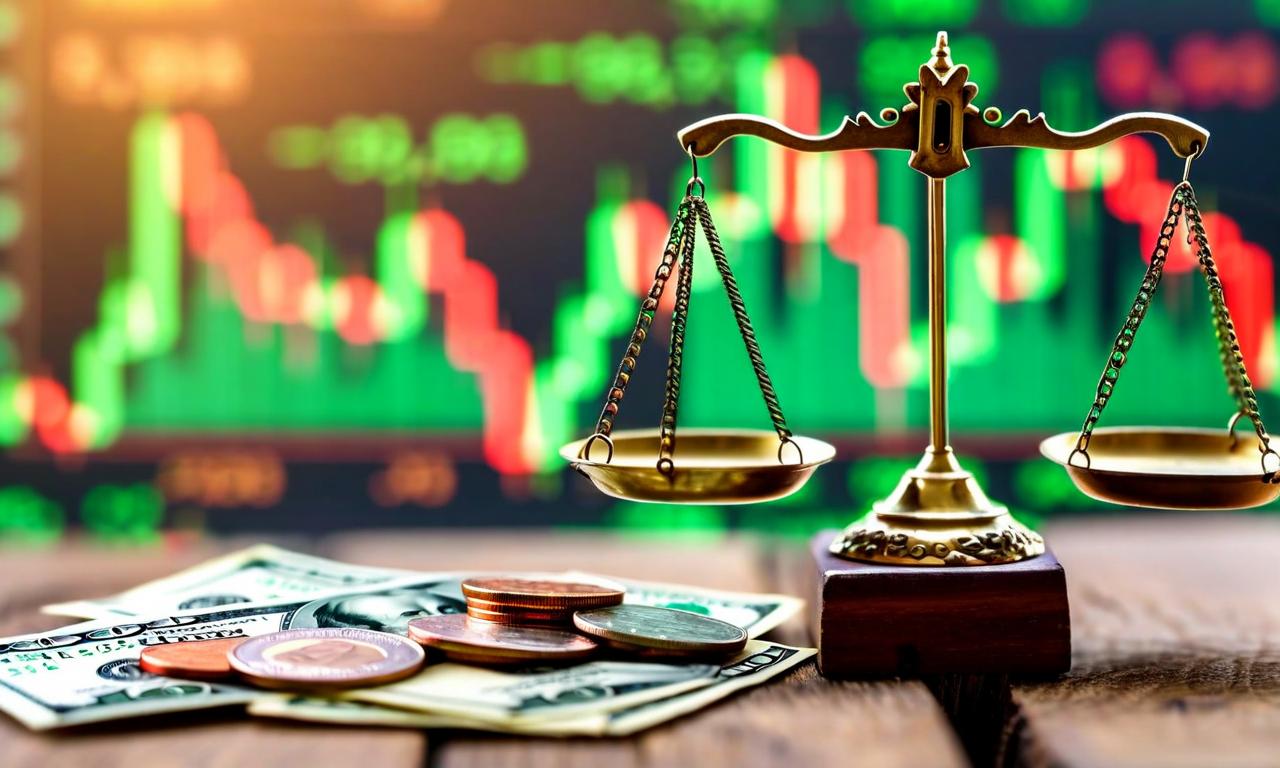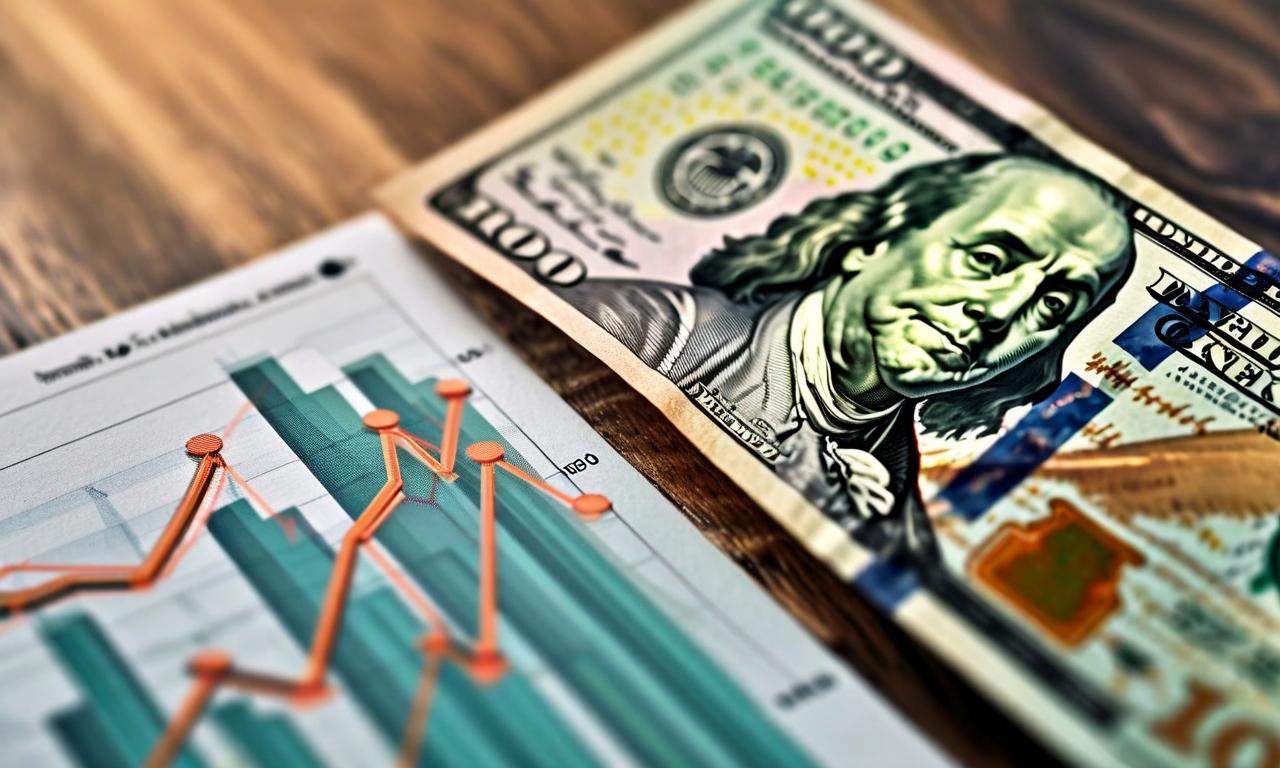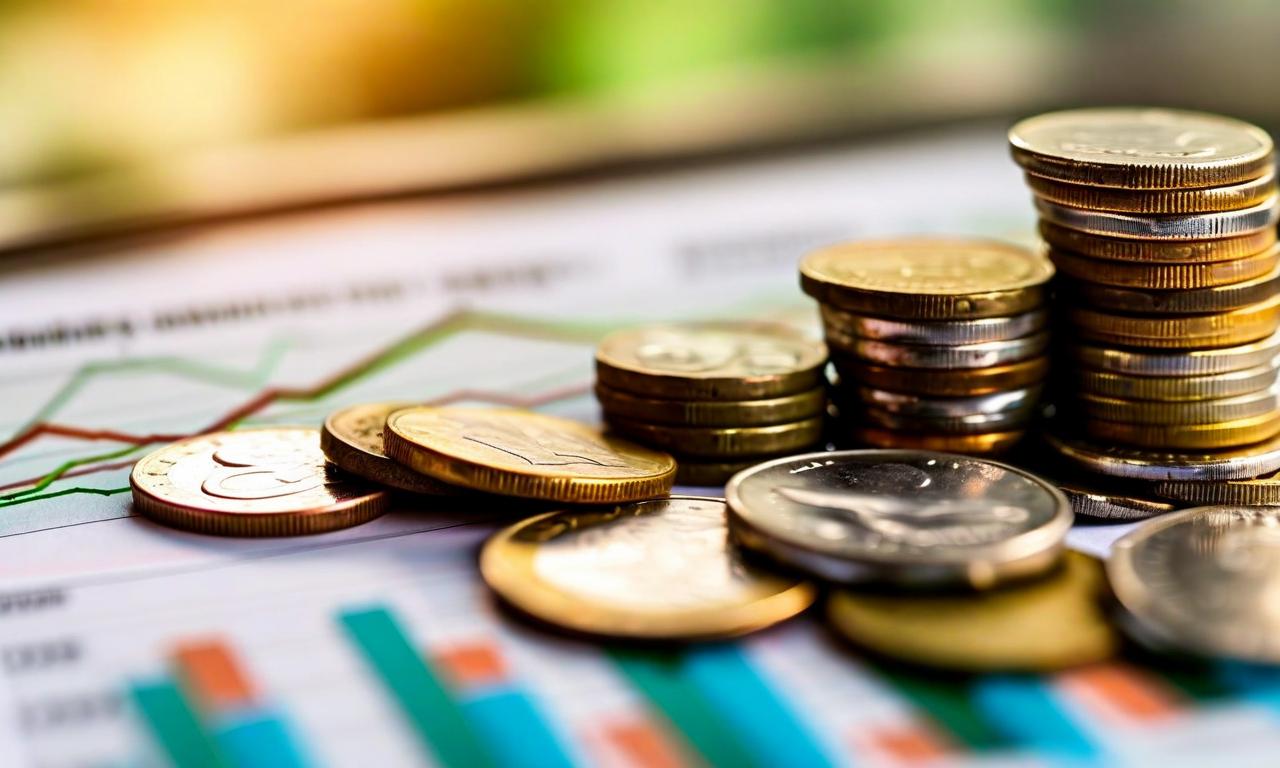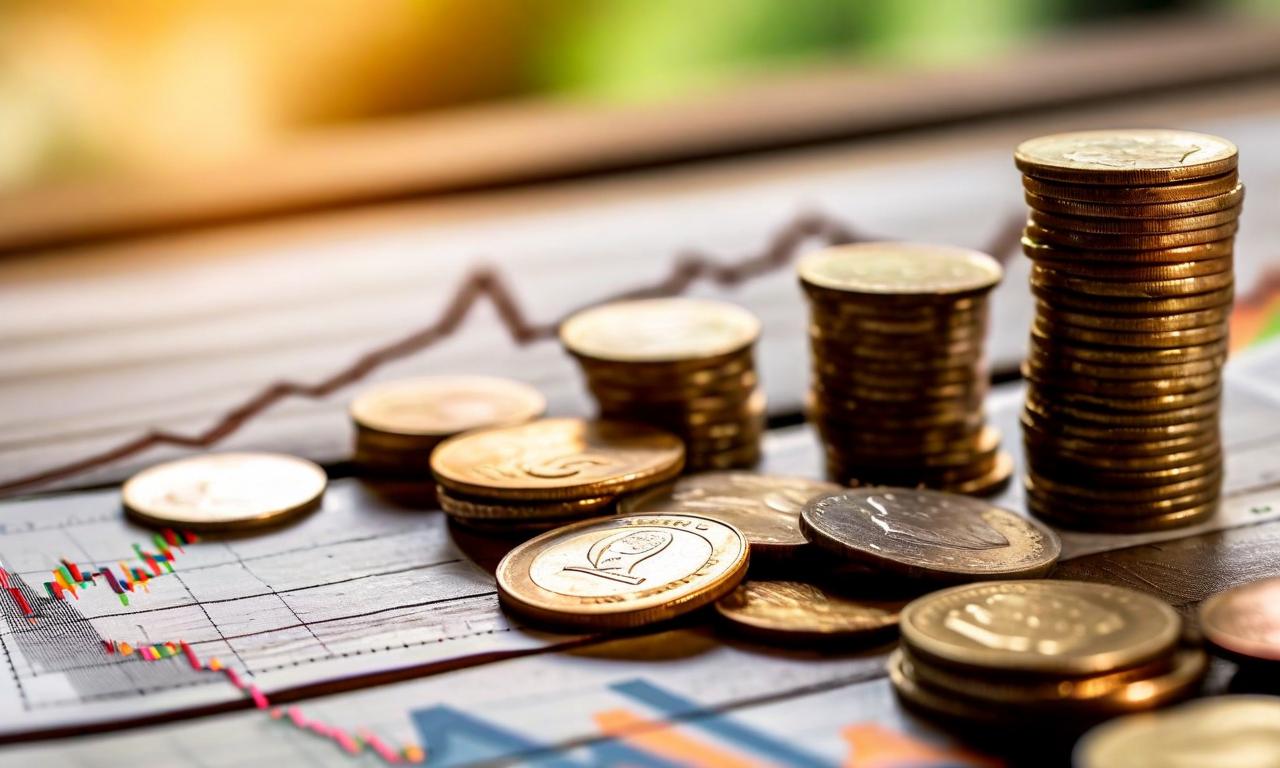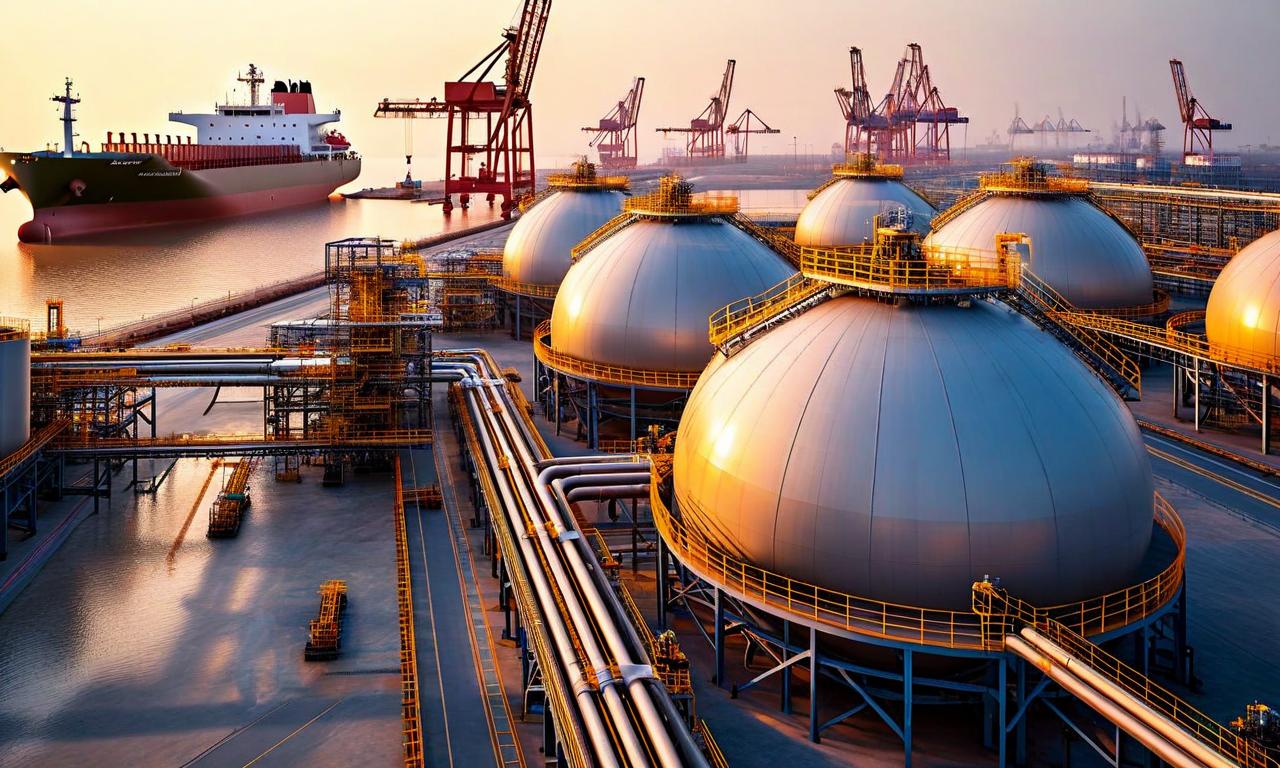Rupee Falls to 88.03 Against Dollar Amid Trade Tensions
The Indian rupee closed at 88.03 against the US dollar, down 7 paise from its previous close. Despite opening stronger at 87.91 and reaching an intraday high of 87.75, the currency weakened due to trade tensions and global uncertainties. Foreign fund inflows and lower crude oil prices provided some support. The dollar index traded 0.11% lower at 98.22. Domestic equity markets performed positively, with the Sensex closing at 83,952.19 and Nifty at 25,709.85. FIIs purchased equities worth Rs 997.29 crore. Brent crude traded 1.10% lower at $60.39 per barrel.

*this image is generated using AI for illustrative purposes only.
The Indian rupee has reversed its recent gains, closing at 88.03 against the US dollar. This represents a decline of 7 paise from the previous close, despite opening stronger at 87.91 and touching an intraday high of 87.75. The currency's weakening can be attributed to several factors, including trade tensions and global uncertainties.
Key Factors Affecting Rupee's Performance
Trade Tensions: Ongoing global trade uncertainties have weighed on the rupee.
Foreign Fund Inflows: Despite the overall decline, foreign fund inflows provided some support to the currency.
Crude Oil Prices: Lower crude oil prices offered some cushion to the rupee's fall.
Dollar Index: The dollar index traded 0.11% lower at 98.22, which typically would support the rupee but was offset by other factors.
Domestic Equity Markets
Despite the rupee's decline, domestic equity markets showed positive performance:
| Index | Change | Closing Level |
|---|---|---|
| Sensex | 484.53 | 83,952.19 |
| Nifty | 124.55 | 25,709.85 |
Foreign Institutional Investors (FIIs) purchased equities worth Rs 997.29 crore, indicating continued interest in Indian markets.
Global Oil Market
Brent crude traded 1.10% lower at $60.39 per barrel, which typically benefits oil-importing countries like India.
India's Energy Policy
In response to US President Trump's claim that Prime Minister Modi assured him India would stop procuring Russian crude oil, India's External Affairs Ministry spokesperson stated:
- He was not aware of such a phone conversation.
- India's energy policy focuses on stable prices and secure supplies.
- The country is diversifying its energy sourcing to meet market conditions.
The rupee's recent performance demonstrates the complex interplay of domestic and international factors affecting currency markets. While there were some supportive elements like equity market gains and foreign inflows, trade tensions and global uncertainties ultimately led to the rupee's depreciation.
Investors and businesses engaged in international trade should continue to monitor these developments closely, as currency fluctuations can significantly impact their operations and financial planning.
